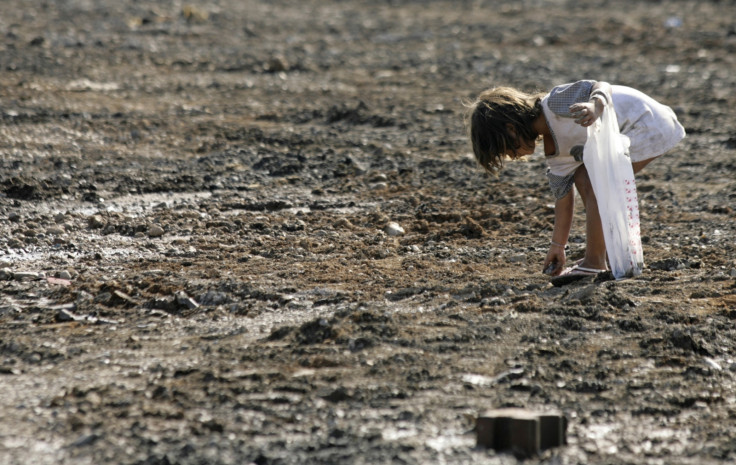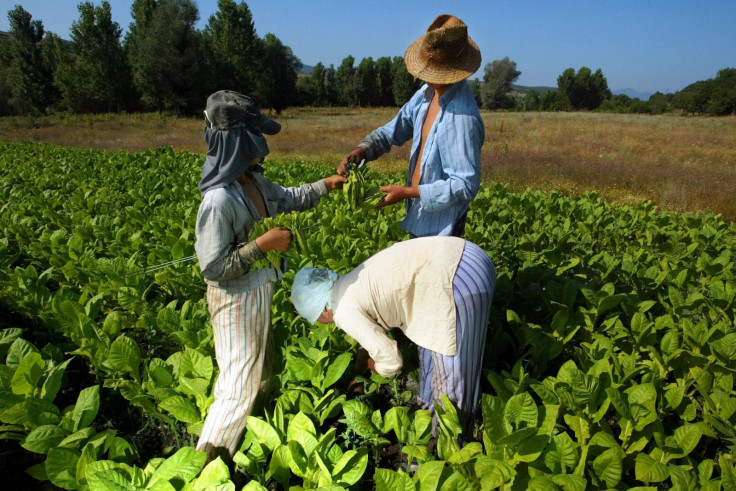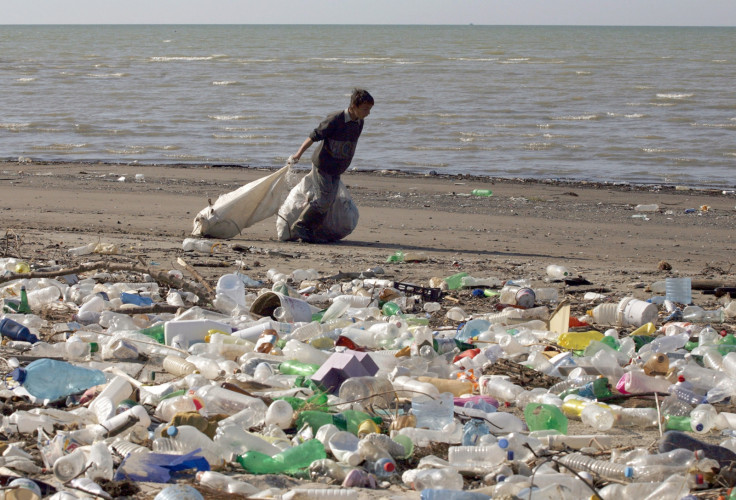World Day of Social Justice 2015: Europe's hidden problem of child labour

Around 168 million children worldwide are in child labour, of which more than half - 85 million - are employed in hazardous work. These staggering figures are predominantly from Asia, Africa and South America, but the problem is much closer to home – as thousands of children are forced to work in dangerous conditions across Europe.
Last year marked the 25<sup>th anniversary of the adoption of the United Nations Convention on the Rights of the Child, the most widely ratified of all human rights treaties. Yet children in developing countries remain embroiled in the worst kinds of labour in central and Eastern Europe. On the World Day of Social Justice, it is time to address the problem of children working exhaustively in agriculture, manufacturing, domestic service, construction, sexual exploitation and scavenging or begging on the streets.
The prevalence of child labour in developing countries is a well-known problem. According to Unicef, Saharan Africa has the largest proportion of child labourers – a quarter of children aged between five and 14 years. But in Europe, information is sparse. Around 5% of children in Central and Eastern Europe and the Commonwealth are estimated to be involved in child labour, but in reality, this estimate could be higher.
Children working in hazardous conditions has been reported across rural south-eastern Europe: in Albania, Bulgaria, Moldova, Montenegro, Romania and Serbia. Following the financial crisis of 2008, enduringly high poverty levels have contributed to the problem of child labour. Among the most vulnerable are Roma children. Yet the problem prevails that while the issue is documented elsewhere, official statistics remain sparse in the rural regions of Europe.

"We are aware that there is a significant issue of child labour in south-eastern European countries such as Bulgaria and Romania," Dr Aidan McQuade, director of the international human rights organisation Anti-Slavery International, told IBTimes UK.
"This is a reflection not just of poverty but also of failings in the political economy relating to the protection of children. To address this requires greater attention to the promotion and protection of children's rights the world over."
In the Rhodope mountains in south-west Bulgaria, the poorest region of the country, villages are inhabited by the Slavic Muslim minority of the Pomaks. In tobacco industry, one of the only cash crops grown in the area, it has been reported by human rights organisations that children work up to 10 hour days in the fields. It is known that the labour, aside from being exhausting, can heighten the risk of disease from inhaling carcinogenic substances from tobacco dust.
In 2007, hopes were raised to end child labour in Bulgaria as the country joined the European Union. NGOs had sent the children of farmers to school as part of a programme in 2004 to eradicate child labour, led by the International Labour Organisation. But one year later, the economic crash halted hopes of development as work dried up across the continent. After the financial crisis, the children returned to the fields.
Bulgaria's neighbour, Romania, is gripped by the same problem. In the country's transition towards a market economy and democracy after the overthrow of the Ceausescu regime in 1989, drastic economic, social and political changes altered the country. Unemployment and poverty levels increased, as did the number of children missing out on school to labour.

With intervention from the ILO, assistance was provided to the Romanian government and a child labour monitoring system was established in 2002. Recent estimated from the World Bank suggest growth for 2014 will be 2.8% - but in Romania's rural areas, where almost half of the population lives (44%), poverty still has a firm grip. The problem, although much improved, still exists.
The exploitation of children is a serious issue in Albania – but nobody knows exactly how many children are involved in labour, as official statistical data in one of Europe's poorest countries is unavailable. According to 2006 research by the Children's Rights Centre in Albania, there were 50,000 children involved in child labour and working on the street. The Albanian Institute of Statistics reported that 9.8% of children between the ages of six and 14 work, many in begging or construction.
After 47 years of communist rule ended in 1992, unemployment in Albania remains stubbornly high to date, with inadequate infrastructure and widespread corruption continuing to deter significant foreign investment. The country was granted EU candidate status in 2014, but until there is substantial intervention, child work in rural Albania will continue to be a problem. According to the Albanian Institute of Statistics, 2% of children who work are involved in trade activities – while 95.6% are reportedly involved in agriculture.
Human rights organisations have said governments need to pay specific attention to the problem of child labour, to collect substantial data on the problem. Although most European states have adequate legislation to protect, some fail to monitor practices. As well as the risk of injury, exploitation or maltreatment by employers, child labour interferes with education – perpetuating a cycle of poverty. Choosing education over work is the only way for a country to develop, but to be able to do so, tackling poverty is key.
© Copyright IBTimes 2025. All rights reserved.






















